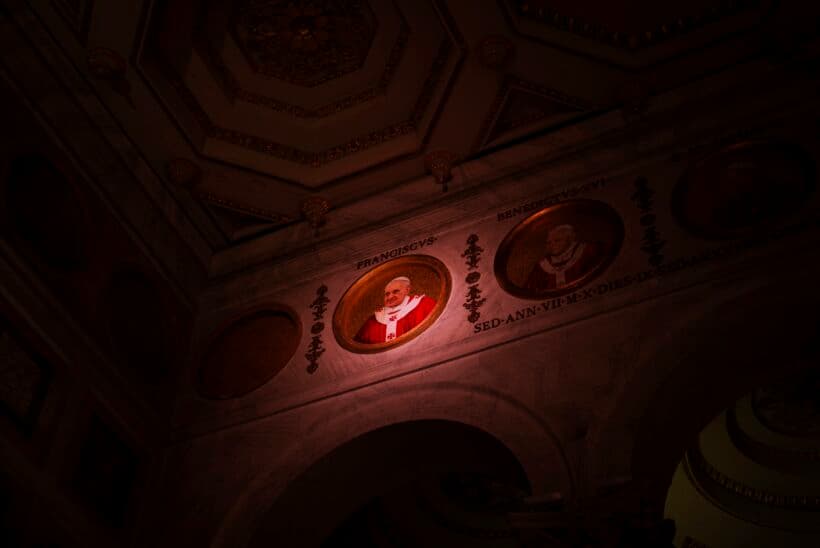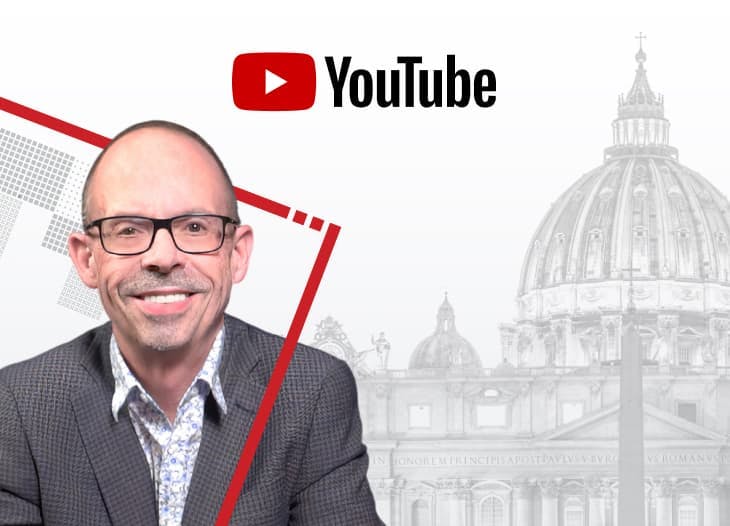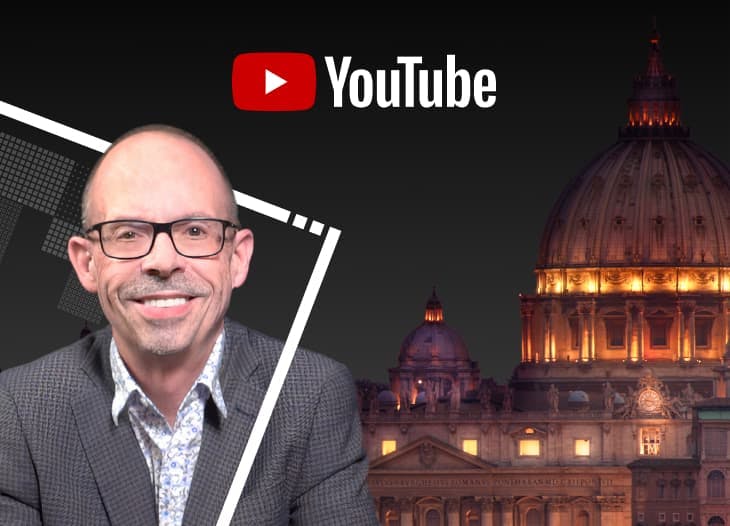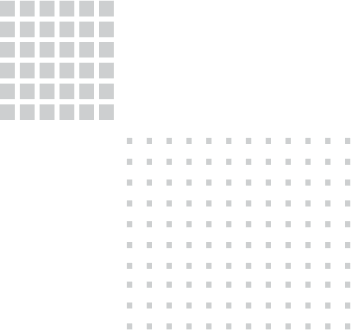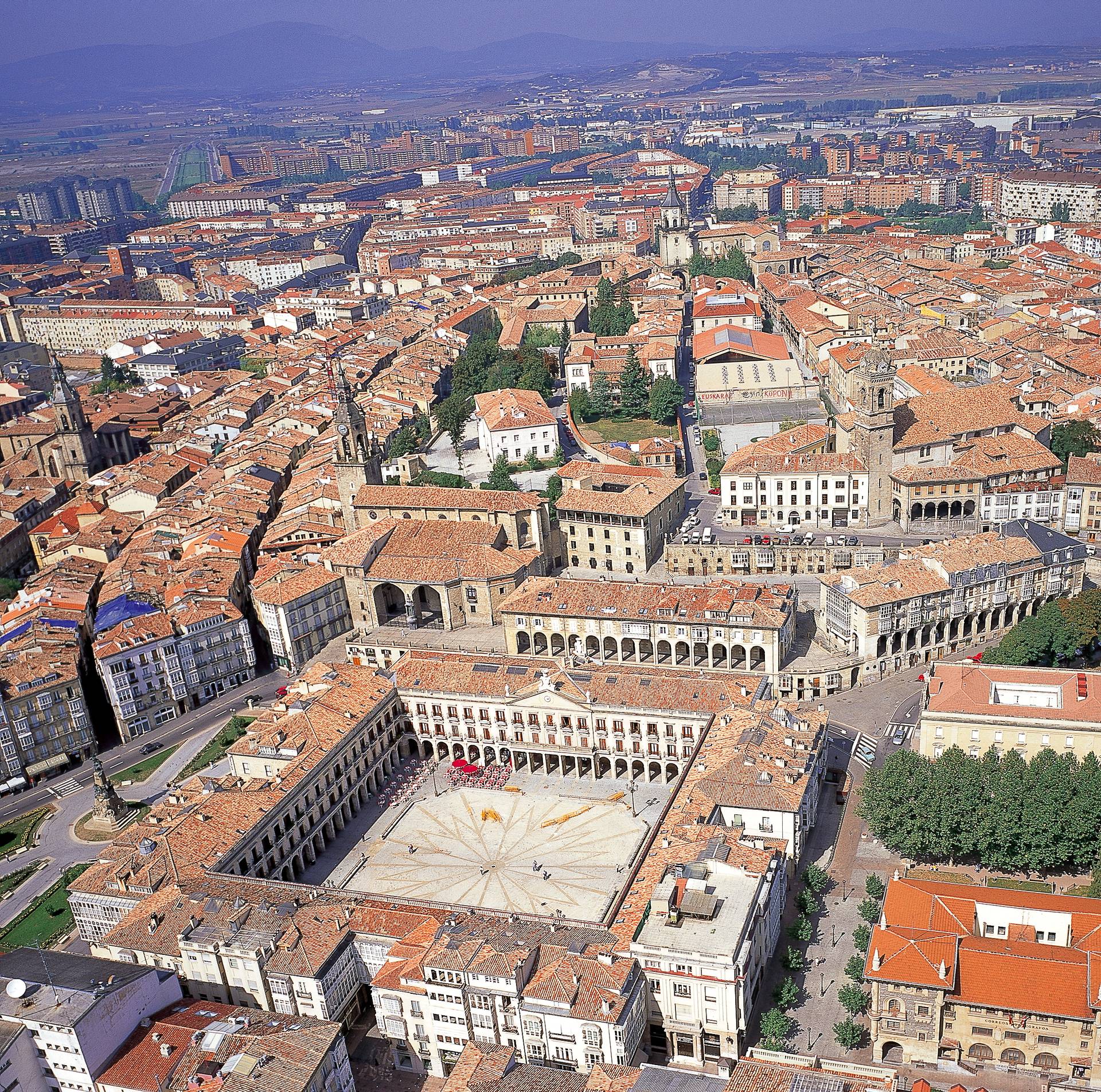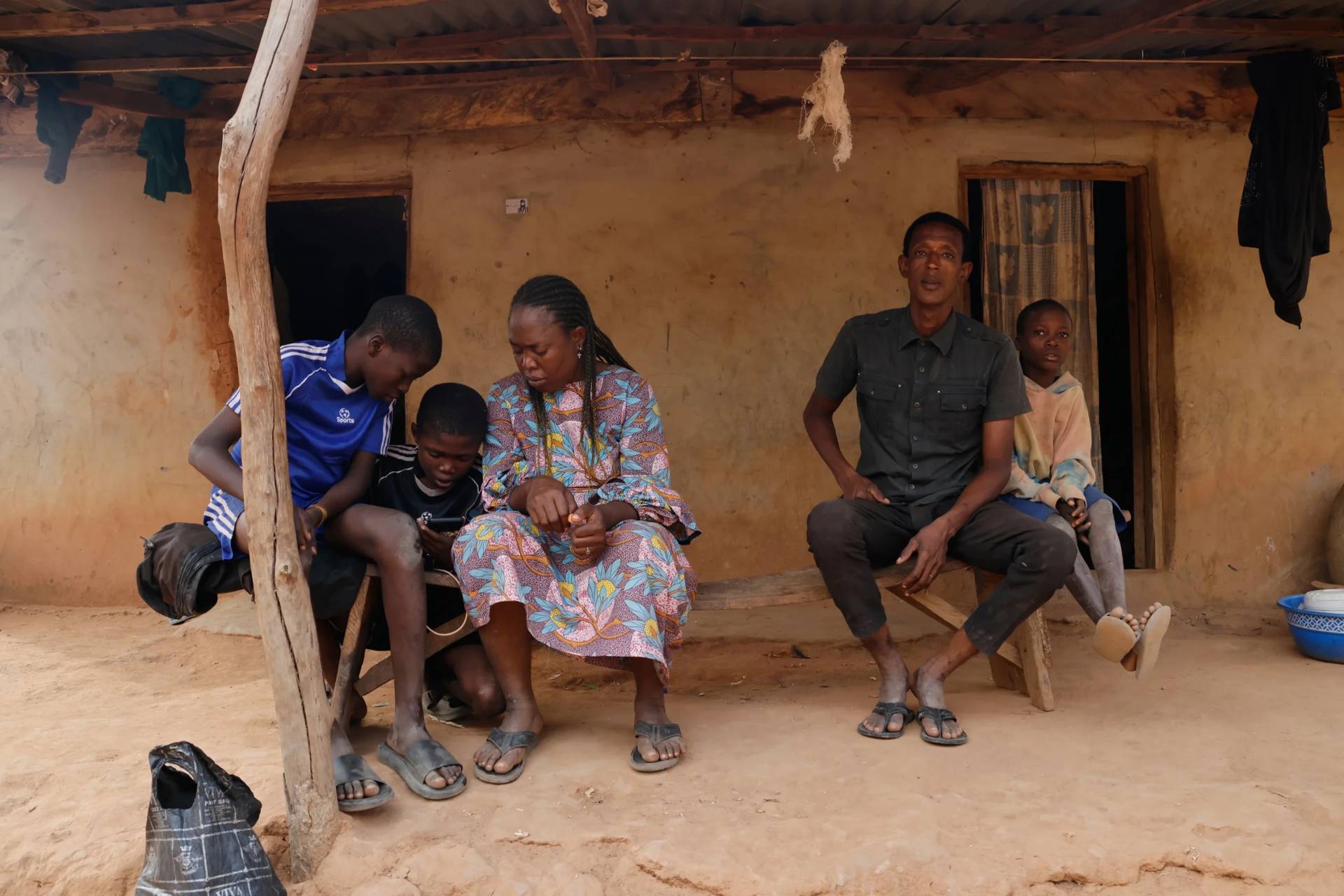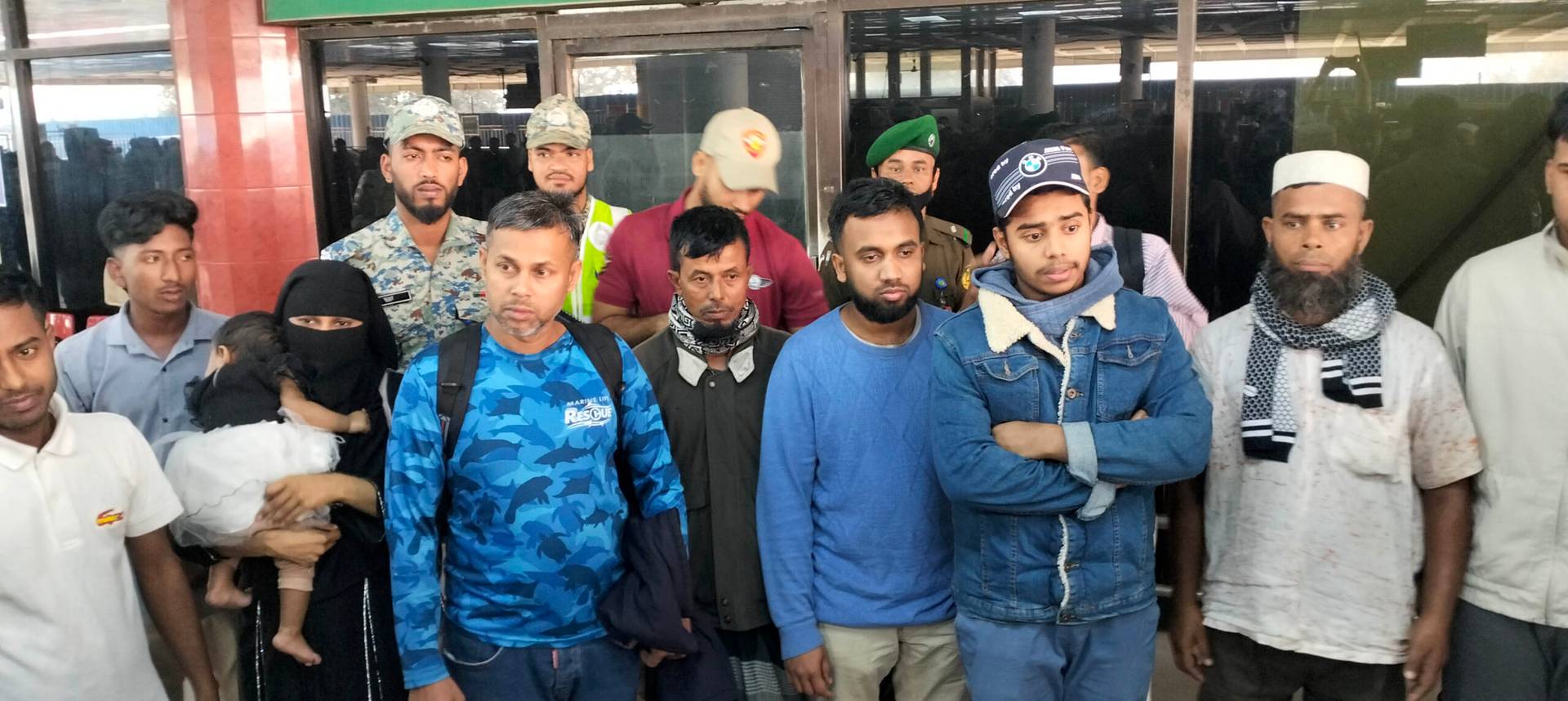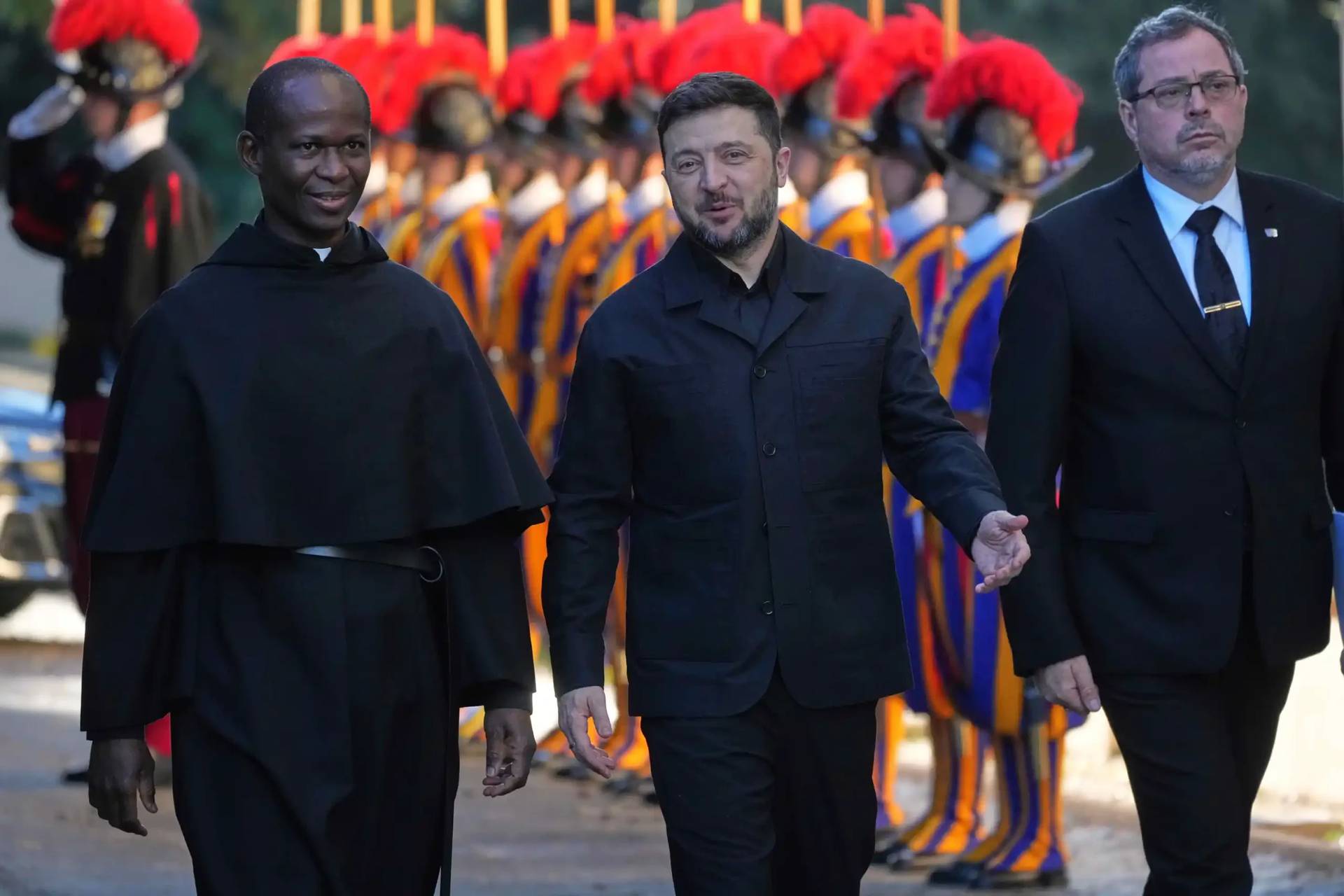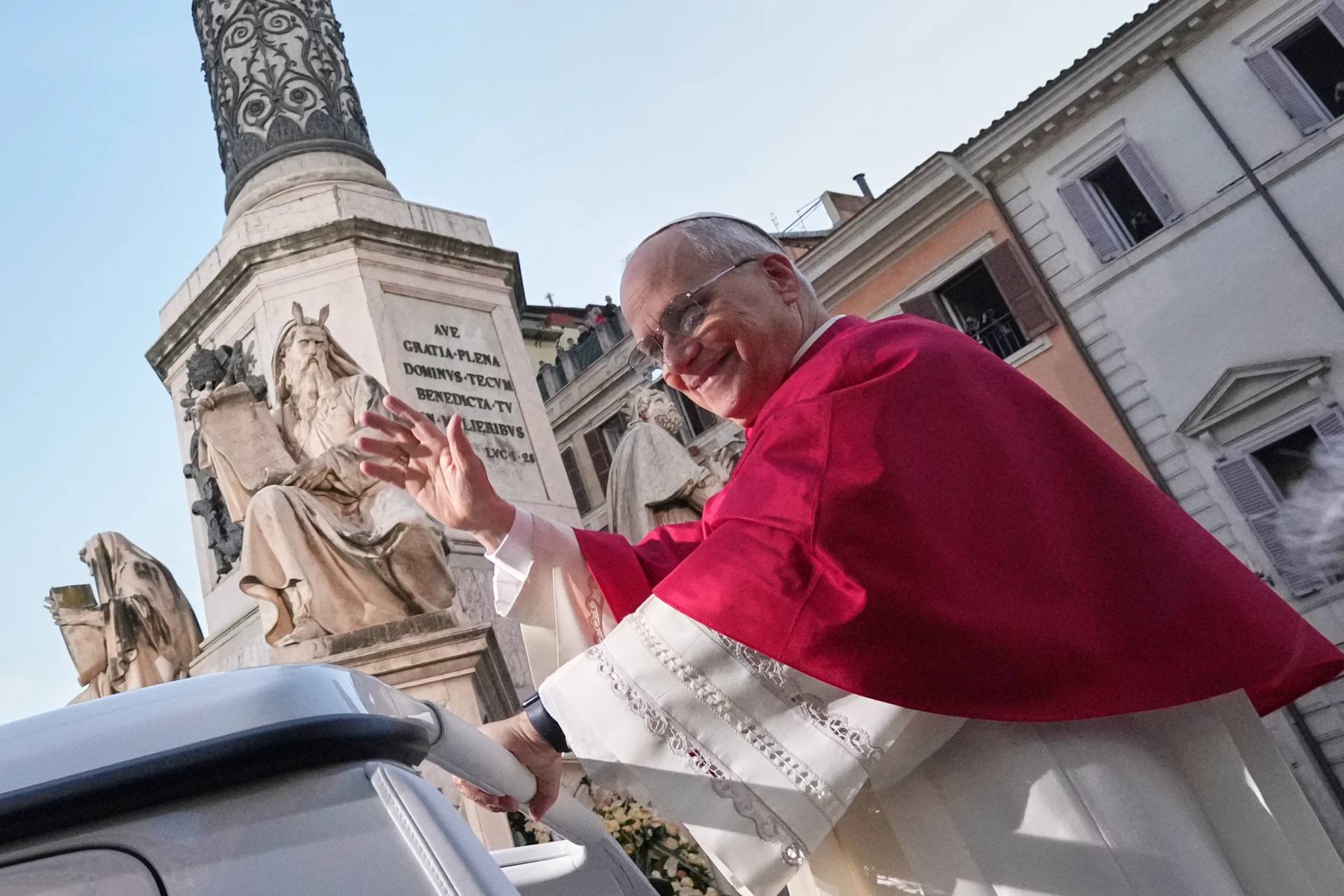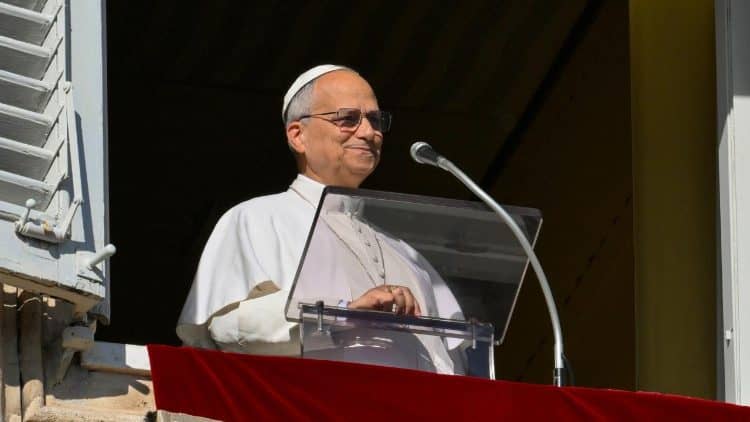ROME – Despite his longest hospitalization to date, due to a complex respiratory infection and double pneumonia with an unclear prognosis, Pope Francis has managed to send the message that he’s still in charge even from his hospital room.
With no “vice pope” to pick up the slack, the center of government for the Catholic Church the past two weeks has no longer been the Apostolic Palace in Vatican City, but the papal suite on the 10th floor of Gemelli Hospital in Rome.
Since the beginning of his papacy, Pope Francis has gained a reputation for unpredictability and impulsiveness that have confounded close aides and top officials, leaving it perpetually unclear what course of action he will taken on a given matter, and when.
Many observers and collaborators over the years have said this is not an accident, but a strategy intended to make it clear that he’s the only one calling the shots, and is not beholden to or controlled in any way by anyone else.
Select few aides have managed to penetrate his inner circle over the past decade and stay there, and even his secretaries – younger priests traditionally known to be those closest to popes, traditionally treated almost as trusted sons and confidants – are rotated with regularity so no one gets too close.
In short, every decision that has been made, and that continues to be made, comes directly from Francis himself, and there are very few, if any, individuals who are positioned to know what he is thinking, or what his next move might be.
This “keep-’em-guessing” strategy is part a design by Pope Francis to prevent a scenario seen in previous papacies, such as that of Pope John Paul II, who, crippled by a debilitating, degenerative illness, was unable to govern, meaning most of the decisions were being made by top collaborators.
These collaborators included his longtime Secretary of State, Cardinal Angelo Sodano, who for years had navigated allegations of abuses of power and corruption, and his personal secretary, Archbishop (later Cardinal) Stanislaw Dziwisz.
Similar observations have been made about Benedict XVI in the later years of his papacy, with observers saying that prior to his resignation, he had become too frail to maintain control of curial operations and deferred to aides, especially Secretary of State Cardinal Tarcisio Bertone.
With Pope Francis, from the beginning it has been clear that he is the one pulling all of the strings, and he’s shown this even from his hospital bed at the Gemelli, despite the precariousness of his position.
One clear example of the pope’s continuing hands-on governance came not through the Vatican’s own internal system, but through the Italian government.
On Wednesday, Feb. 19, Pope Francis, who by then had been in the hospital nearly a week, met with Italian Prime Minister Giorgia Meloni, who paid him a personal, private visit at the Gemelli hospital.
In a readout from her office afterward, she wished him a speedy recovery on behalf of the government and the entire nation, saying, “I am very happy to have found him alert and responsive.”
“We joked as always. He has not lost his proverbial sense of humor,” she said, telling reporters later that he had jested about some people praying for his death, but that despite this, “the Lord of the harvest thought of leaving me here.”
Sources have said the Vatican’s Secretariat of State, which normally would have arranged Meloni’s visit, was deliberately sidelined, and that the process was carried out through the Italian Carabinieri and the head of the Vatican Gendarmes.
It is widely believed that Francis himself instigated the meeting, as it would be deeply unusual for a head of government to impose on a figure such as the pope at such a delicate time as a prolonged hospital stay unless there was a clear sign the visit was desired.
The pontiff has also continued to make significant appointments and sign important documents throughout his hospital stay.
On Feb. 15, the day after he was admitted, the Vatican announced, two weeks in advance, the appointment of Italian Sister Raffaella Petrini as the new president of the Governorate of Vatican City, effective March 1.
He had previously teased the appointment, saying in an interview earlier this year that Petrini would take over in March when Spanish Cardinal Fernando Vergéz Alzaga turned 80. Formalizing it from the hospital signaled how much of a priority the appointment was.
A few days later, on Feb. 18, the pope accepted the resignation of Bishop Jean-Pierre Blais of the Diocese of Baie-Comeau in Canada, whose name had been included on a list of sexual predators filed as part of a victims’ class action against the Archdiocese of Quebec.
Pope Francis has also had regular meetings with his closest advisors and has continued working, even after a Feb. 22 respiratory crisis put him in critical condition.
Though his visits have been more limited after that crisis, appointments and decisions requiring his authorization are published almost daily, including further moves in his battle to clean up Vatican finances and resolve a major deficit.
Three days before he was admitted, he ordered the creation of a new high-level Commission on Donations for the Holy See, announced Feb. 26, which is tasked with promoting external fundraising and financial contributions following aggressive budget cuts within the Roman Curia.
On Feb. 25, the Vatican announced that Pope Francis, also from the hospital, had advanced the causes of several individuals on the path to sainthood, and had approved a consistory to determine the canonization dates of Venezuelan layman Blessed Giuseppe Gregorio Hernández Cisneros, and Italian layman Blessed Bartolo Longo.
In an unusual move, he did not announce a date for the consistory.
In a further unusual circumstance, the holding of the consistory itself, without a date, was approved of in an audience at the hospital with the Vatican Secretary of State, Italian Cardinal Pietro Parolin, and the sostituto, or second in command, Venezuelan Archbishop Edgar Peña Parra. Usually, such matters would be handled with the head of the Dicastery for Saint’s Causes, Italian Cardinal Marcello Semeraro.
The fact that it was done with the Parolin and Peña Parra, coupled with the fact that there was no date for the consistory, caused a flurry of speculation about whether Francis might use the gathering to announce his resignation, just as his predecessor, Pope Benedict XVI, announced his own resignation from the papacy during a Feb. 11, 2013, consistory to determine canonization dates.
There has long been speculation as to whether Pope Francis might resign if he felt that he could not adequately govern the Catholic Church and control the decision-making process.
In classic fashion, Francis has given mixed signals on this, saying at the beginning of his papacy that Benedict XVI, the first pope to resign in more than 500 years, had been “courageous” and had opened a new door for aging pontiffs.
More recently he has said he has not thought about resigning and has had no intention to do so, and that papal resignations are potentially unhealthy for the Church.
There are certainly questions about Pope Francis’s stamina and what his ability to govern will look like should he surmount this latest crisis, meaning it’s possible the consistory is a door he’s left open for either decision he might make: Resignation or continuing on.
What is most telling, however, is not the decision itself, but that even after 12 years as pope, no one can say definitively that they know Francis’s mind or what he will end up deciding.
In that sense, despite his illness, Francis remains Francis: Even amid his longest hospital stay and his most serious health crisis yet, he’s made it abundantly clear that he alone is making decisions, and he continues to confound even his closes aides.
The pontiff’s current stay at the Gemelli, therefore, isn’t just about getting better. It’s about cementing his maverick, “do it my way” style, confounding friends and foes alike, and leaving no one confused about who’s pulling the strings even now.
Follow Elise Ann Allen on X: @eliseannallen
